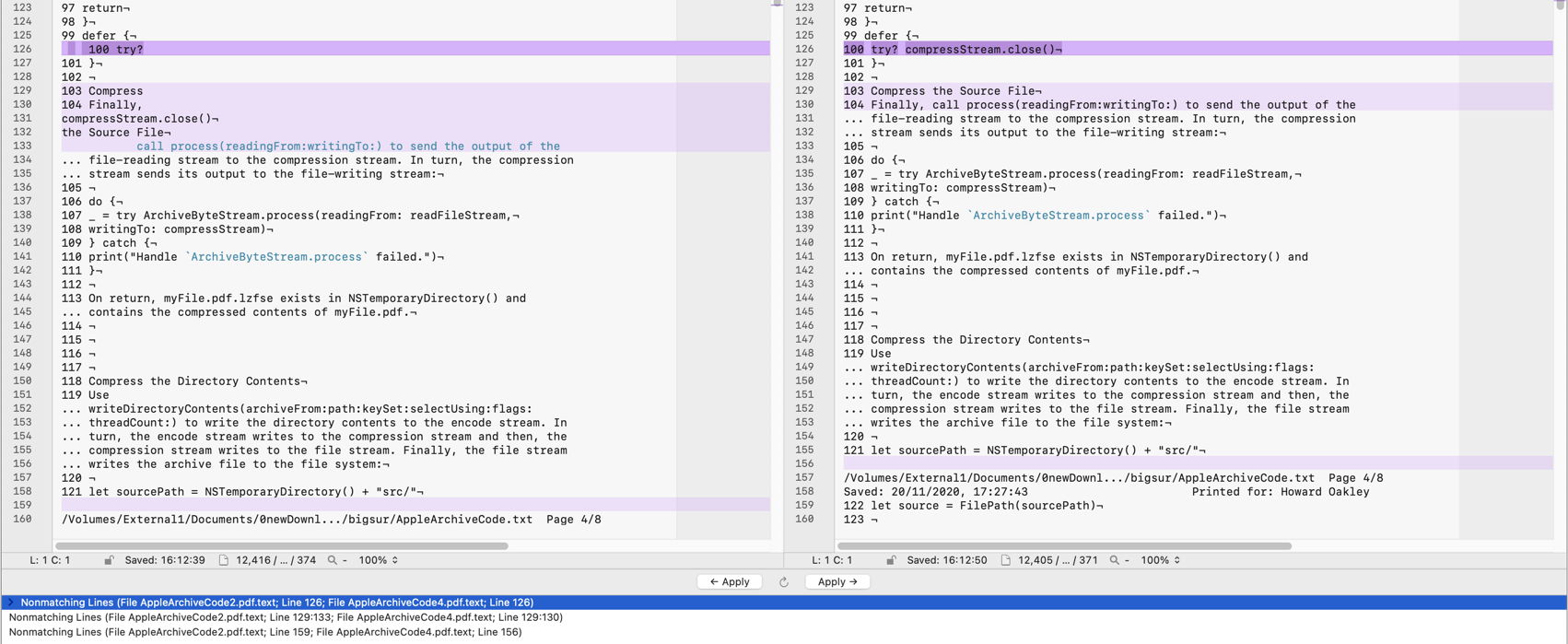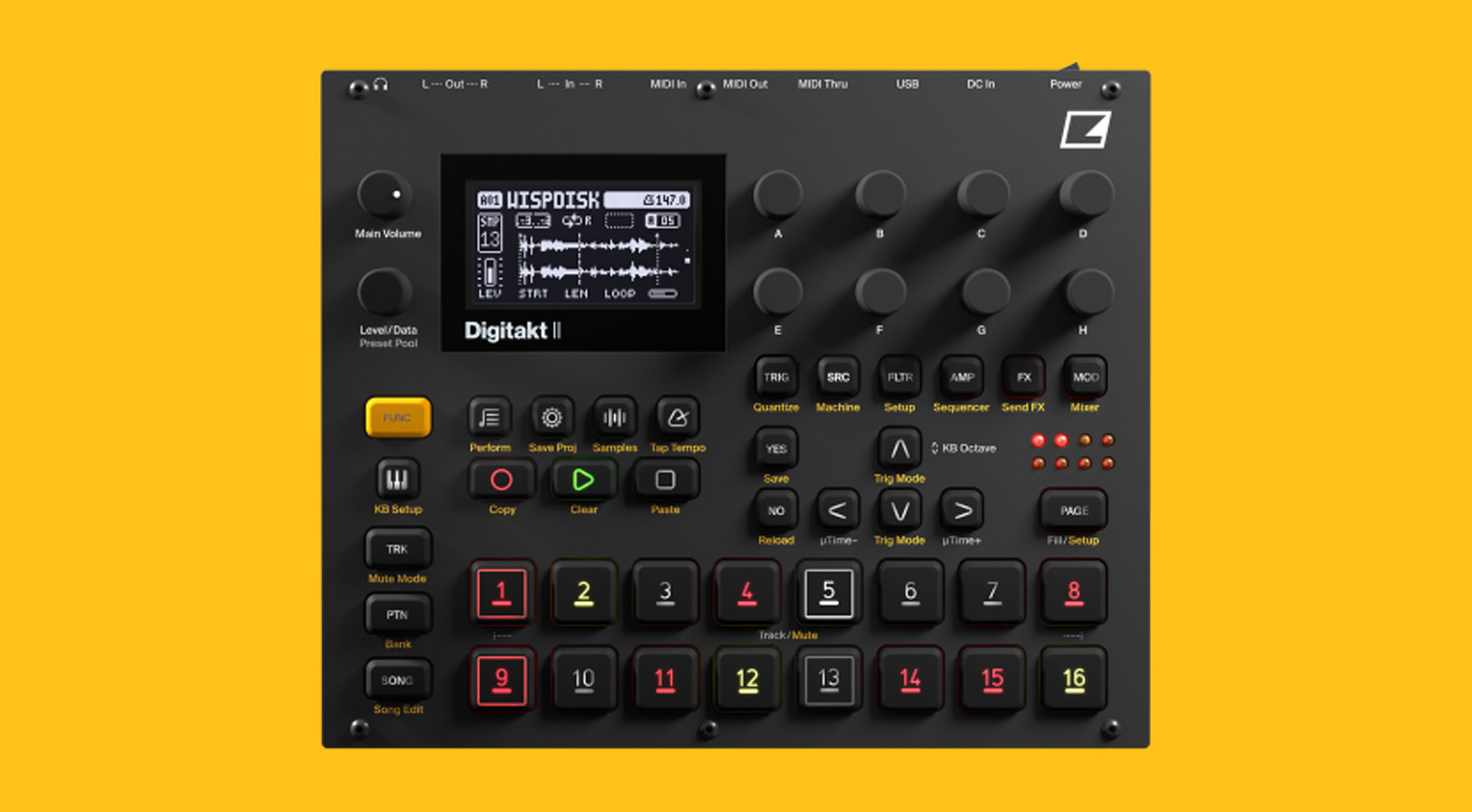
Ionic isn’t Cordova Anymore
When people talk about Ionic Framework, they often put it in the “Cordova” or “Angular” buckets, because historically that’s what Ionic was: a UI kit for Cordova and Angular apps.
That was fine for the first few years of Ionic’s life, but up to around 2018 things started changing. Ionic started working on a new native runtime to replace Cordova that was fully built in house and deeply integrated into the Ionic developer experience: Capacitor. And then a year later, Ionic Framework added support for its first non-Angular framework: React (and later, Vue).
And last week, we rolled out the biggest release of Capacitor yet: Capacitor 3.0, further cementing the future of the Ionic stack as one built on the foundation laid by Capacitor.
That means, in 2021, it’s not accurate to say that Ionic Framework is just a framework for Cordova or Angular anymore, because it’s actually a framework for Capacitor that has official support for Angular, React, Vue, and unofficial support to be used in pretty much any JS stack out there.
In fact, Capacitor installs on npm recently eclipsed Cordova, and the vast, vast majority of new apps created using the Ionic CLI and online app creation wizard use Capacitor. It’s time to fix this misconception once and for all!



















